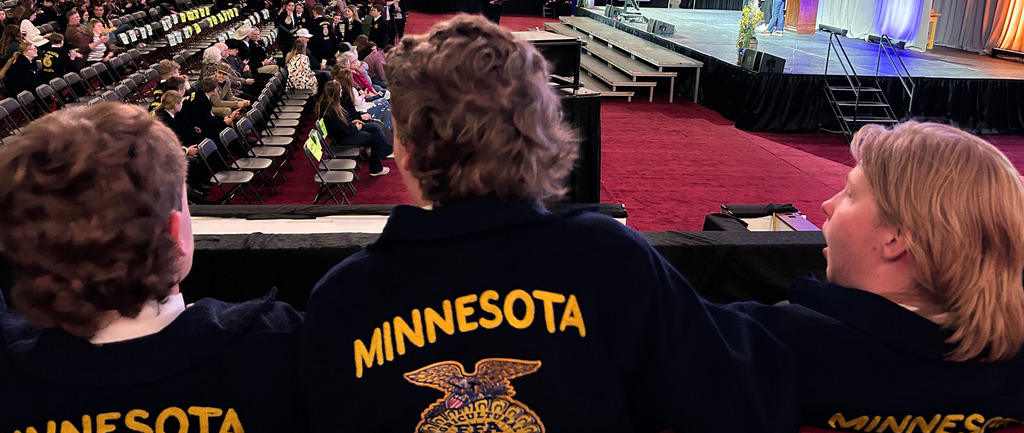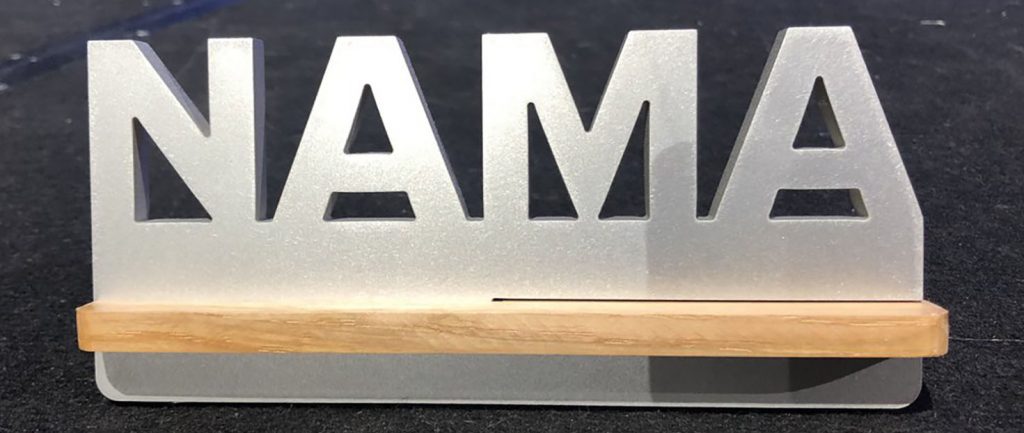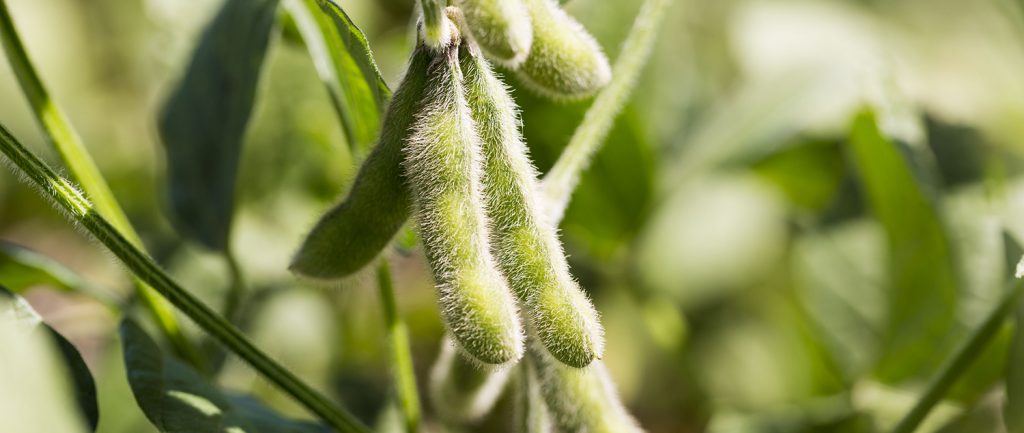Earlier this month, the Environmental Protection Agency (EPA) announced changes to the label of the three dicamba herbicides labeled for use on dicamba tolerant soybeans.
Monsanto representatives released a general summary of the voluntary label updates and amplifications for Xtendimax with VaporGrip® Technology. DuPont and BASF representatives provided links to the new labels for Fexapan® and Engenia®.
New to these product labels are designation as a Restricted Use Pesticide, additional mandatory applicator training and intensified record keeping requirements. Retail sale and use will be limited to certified applicators or, in select states outside of Minnesota, to those individuals under direct supervision of Certified Applicators.
The mandatory training requirements for use of dicamba or auxin specific products will be in addition to standard certified applicator training now required by the EPA. Records of each application of these herbicides must now be kept for a period of two years after application; they must be generated as soon as possible after application (no later than 14 days post application) and be made available to the proper officials (Minnesota Department of Agriculture, USDA or EPA) upon request. Forms will soon be available here and on other websites.
Acceptable wind speeds during application have been updated. Previously, these products could be applied if wind speeds were less than 15 mph. The new requirement is to not apply if wind speeds are greater than 10 mph or less than 3 mph.
In addition to the label changes, Monsanto will amplify certain warnings on the label. These amplifications include concern susceptible crops (do not spray if wind direction is blowing toward an adjacent susceptible crop), maintaining a rate dependent downwind buffer strip (the buffer strip is not to prevent drift onto susceptible crops), spraying during a temperature inversion, (do not spray between sunset and sunrise {aka at night}, or during a known temperature inversion) and sprayer cleanout.
Dicamba can be difficult to remove, even small amounts of residual dicamba can cause serious damage to susceptible crops. In addition, in-season crop applications of these products to dicamba tolerant soybeans are limited to the time from crop emergence until soybean growth stage R1.
As MDA is still considering options for these dicamba product labels, additional changes for use of these products may be required.
More information on the new labels for Engenia® Xtendimax® and Fexapan® can be found at:
http://www.cdms.net/labelsSDS/home/prodidx?key=14703
http://www.xtendimaxapplicationrequirements.com/Pages/default.aspx
David Kee is the director of research at Minnesota Soybean. He can be reached at david@mnsoybean.com or 507-388-1635.
Minnesota Soybean Director of Industry Relations Lucette Hurley also contributed to this report.







